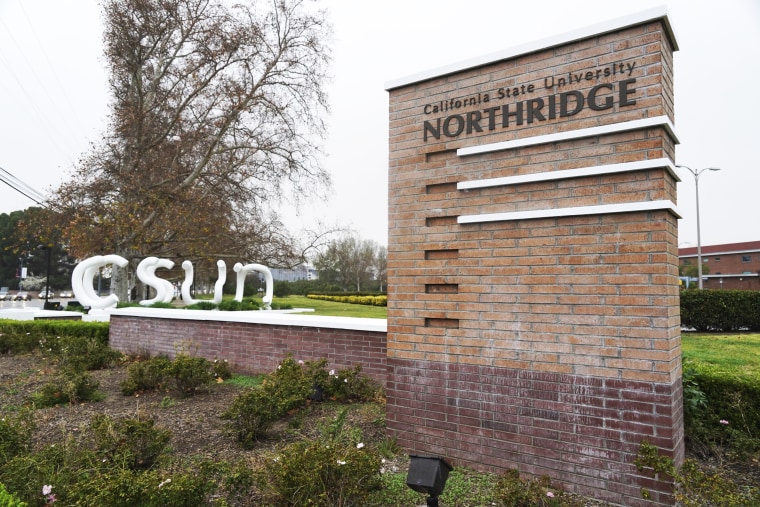As higher education leaders mark 25 years since the creation of Hispanic-serving institutions, they're assessing how these colleges and universities can enroll and graduate more Latino students amid the fallout of the Covid-19 pandemic.
Last fall, colleges saw a 5 percent drop in Latino undergraduate enrollments. The dramatic decrease came one year after Latino college enrollment had increased by nearly 2 percent, according to Deborah Santiago, CEO of Excelencia in Education, a nonprofit that analyzes how higher education institutions are enrolling, retaining and graduating Latino students.
"There was a lot of progress and accelerating enrollment. We were seeing increases in completion as well," Santiago said during a virtual briefing on Hispanic-serving institutions held on Wednesday. "In one year, we saw a precipitous drop, scaling back some of the enrollment progress."
While HSIs make up only about 18 percent of all colleges and universities, they enroll and graduate over 60 percent of the nation's Latino college students. HSIs are defined as institutions where at least a quarter of the student body is Hispanic.
In the briefing, education officials and Latino members of Congress reflected on the growth of these institutions while discussing how they can step up to recent challenges.
"Equity is a big focus for us moving forward," Education Secretary Miguel Cardona said during the briefing. "Institutions like HSIs play a major role in that. So when we're talking about recovery as a country, we need to acknowledge HSIs and the important work that they do to promote equity and access for all students."
In their 25 years of existence, HSIs have grown exponentially, from about 189 colleges and universities to 539 as of last year. This is due to an increase in Latino college students who are mainly concentrated in several predominantly Hispanic areas, cities and states.
In the last 25 years, over 835 unique federal grants, totaling $1.9 billion, have provided educational opportunities for over 1.1 million Latino students enrolled in HSIs.
Santiago said while federal funding is not parallel to the growth HSIs have seen over the last decades, there's an opportunity to assess what kinds of investments should be done to meet the growing demand and ensure successful results.
Roadblocks, then Covid
While college enrollment among Latino students has been increasing over the past decade and reached a record high in 2017, Hispanics still lag behind in college completion, according to Excelencia's research. At least 22 percent of Latino adults have earned an associate degree or higher, compared to 39 percent of the general population. High costs, a limited knowledge of college and trying to balance work, family and academics are the most common barriers preventing Hispanic students from finishing college on time.
But the panorama gets more complicated as the Covid-19 pandemic heaps great economic stress on Latino families.
El Paso Community College President William Serrata said enrollment at his school, where 85 percent of the student population is Latino, "was down 9.5 percent and this spring it's down 12 percent."
"The biggest decline we saw was in first-time-in-college students, and that is a significant concern," Serrata said. He cited research showing that for students who don't enroll in college quickly after graduating high school, "the likelihood in our region that they will ever earn a credential is 1 percent."
Rep. Teresa Leger Fernandez, D-N.M., who serves on the House Labor and Education Committee, said, "Celebrating the impact of 25 years of federal investment in higher education through Hispanic serving institutions must also be a call to action to increase investment."
Rep. Raul Ruiz, D-Calif., the Congressional Hispanic Caucus chair, said Hispanic students must have access to an education system that takes into account the structural inequities that have historically held them back.
"Access to higher education and workforce training is critical to getting the American economy back to its place as the leader in the global economy," Ruiz said, "and a well-trained and educated workforce will benefit all families."
Follow NBC News Latino on Facebook, Twitter and Instagram.

